Ralph Waldo Emerson said, “All life is an experiment. The more experiments you make, the better.” This is the story of one experiment and its continuing revelation. Back in that time just before the pandemic, as I thought about the increasing political polarization of the country and its impact on addressing the climate emergency, I wondered how I could find common ground on climate with people of very different political points of view. I thought that if I fashioned one non-threatening question, I could start a conversation and elicit responses that would reveal the great common threads for engagement.
Then I thought about where I could take that question and how I could deliver it, and an idea bubbled up: I could go back to my hometown, the place that sheltered my earliest memories, and I could walk door-to-door, an activity that I fondly remembered from my high school days of raising money for various causes.
I grew up in Hoover, Ala., a suburb of Birmingham. I decided to ask people to share a fond memory of the natural world, believing that our connections to nature as children inform the beliefs we carry as adults.
My clearness committee was a great support to me as I sought clarity on my trip, and then the pandemic came. The trip was delayed a year, and in the intervening time, I was fortunate to serve on a committee at Gwynedd (Pa.) Meeting that developed a sustainable land use plan for its almost 13 acres. I have lived on the Gwynedd grounds for seven years and taken care of the gardens, gradually adding a pollinator garden over the last three years.
My experience tending the plants at Gwynedd and my involvement with developing the land use plan informed the focus of my trip to Alabama and sent me on a quest to learn how other meetings consider their land. With the spiritual and financial support of my monthly and yearly meetings and a traveling minute, I left for Hoover and visited Friends in five meetings along the way: Lancaster (Pa.) Meeting; Third Haven Meeting in Easton, Md.; Charlottesville (Va.) Meeting; Raleigh (N.C.) Meeting; and Celo Meeting in Burnsville, N.C. Once in Alabama, I met with the members of Birmingham Meeting and Fairhope Meeting.
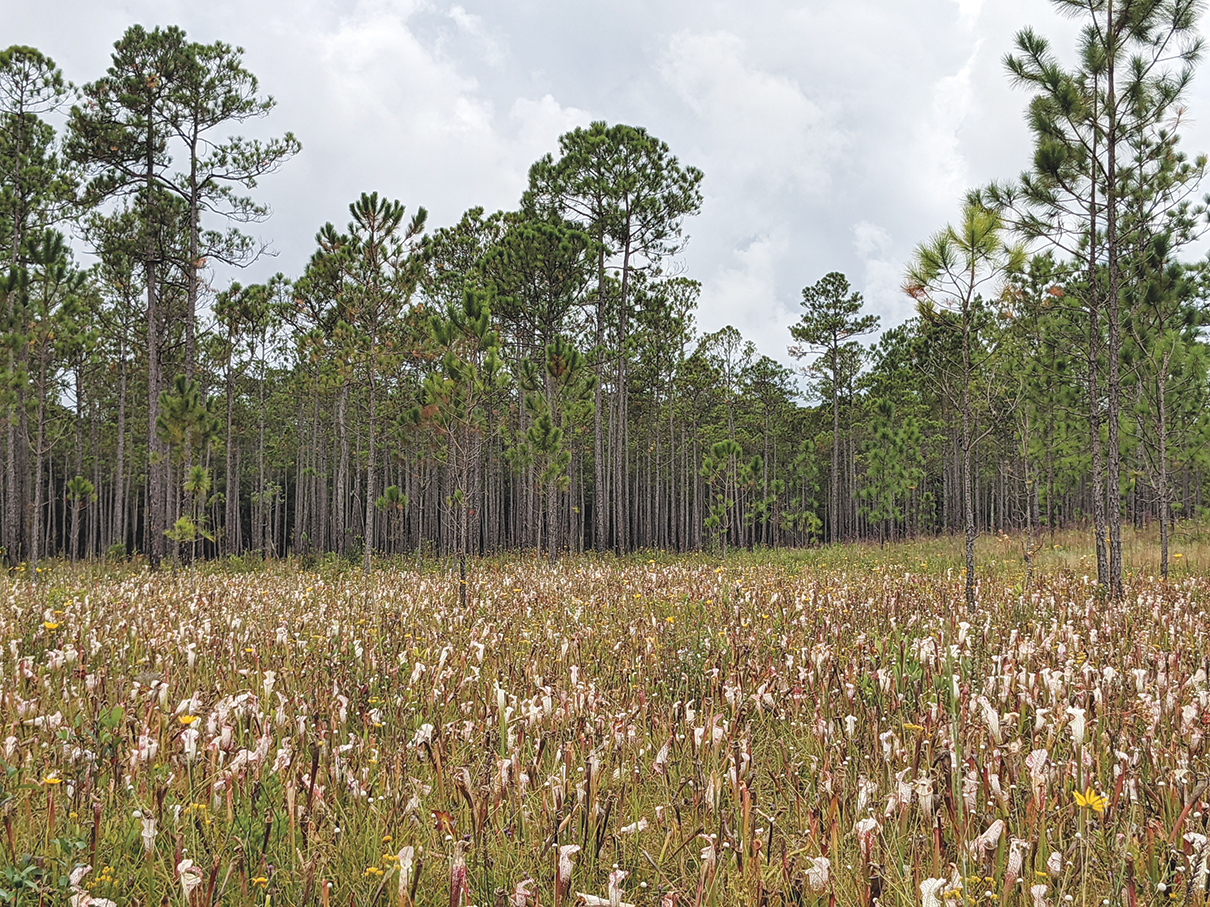
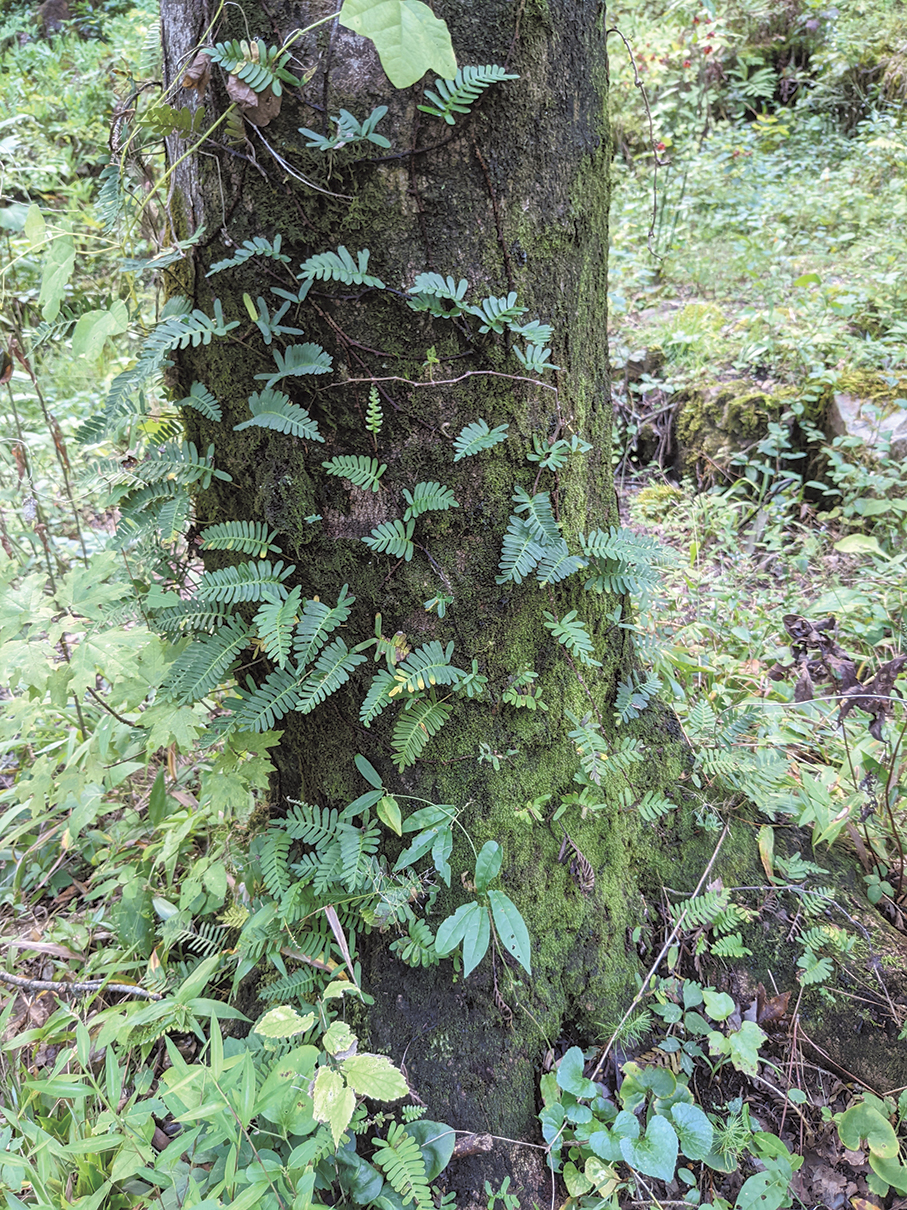
Left: Splinter Hill Bog Preserve in Bay Minette, Ala. Right: Resurrection fern at Birmingham Botanical Gardens.
The results of my days of walking up-and-down sidewalks are not especially illuminating on the surface. During a week in September 2021, I talked to 11 people around a lake and knocked on 60 doors, of which 44 households were not home or chose not to answer. I talked to 28 people in all, only 14 of whom were willing to answer my question. The others said that they were too busy or could not think of something right then.
Of the people who responded, the best story came from the one person I spoke to who had not moved to Hoover from somewhere else. He said that he was out in his yard one day when a man pulled up in a car with an Ohio tag. The man got out and asked him if he could go down into the culvert in his backyard. The man telling me the story said, “Sure, but there are snakes down there and spiders and who knows what all.” The Ohio man opened the back door of his car and ushered his kids out to go play in “the pipe,” explaining that he had played in that culvert when he was a child and wanted his kids to do the same.
There I was, a woman who had pulled up in a car with a Pennsylvania tag, and I realized that my real learning was in my return to Hoover and to Alabama: in the walking, absorbing the details of the yards, the mature oaks and pines, noticing where the English ivy clung, where the zoysia had been mowed in checkerboards, recognizing the brown-headed nuthatch call, and seeing my preserved childhood spaces with adult eyes. For a few hours across a few days, I undertook a walking meditation up hills and around cul-de-sacs, reconnecting with my earliest relationship to the natural world. I spent two weeks in Alabama before and after my walking experiment, immersing myself in the breathtaking biodiversity of my home state. I saw rich ecological pockets to be preserved and vast areas to be restored, and the experience buoyed my commitment to restore.
In my visits to meetings, I found that Friends are tender stewards of their properties, often having close connections to cherished trees and flowering shrubs, to meditation gardens and peace gardens. We generally think about maintaining the land, and we gather once or twice a year to weed and fix and tend. If we have environmental committees, they are usually separate from garden or grounds committees. We preserve our grounds. The big aha moment that happened for me as I traveled was to see the difference between a preservation versus a restoration focus.
A preservation focus allows for the grass to be cut every week, the sticks and branches to be gathered, the leaves to be raked. With this focus, we preserve the ways things have been done, the habits that came before us. A restoration focus steps back and considers the land as the larger community of all the organic life at work: the ecosystem. I credit Catherine Reid at Celo Meeting with helping me to see this distinction:
When I think of the Quaker testimonies, I think that all of them are applicable to how we live with each other and the land. Maybe “community” is the big one because for me I always feel like I am in community with the living things around me, and when we think that way, we always think about how we have to care for them, to care for the health of everything. When you are living in community not only with people, but with birds and snakes and saddleback caterpillars, you see that there is a reciprocity.
Friends gathered outside at Celo Meeting in Burnsville, N.C.
Some meetings have little or no grounds. Some meetings gather in houses in residential neighborhoods with very small yards. Additionally, our meeting communities are often small in number, passionate, and aging. What they lack in numbers, though, they often make up for in their wealth of gardening experience, knowledge that can be passed on to younger folks in the larger community, or to children at the meeting’s school. Even meetings with little or no land can contribute to local land restoration: by volunteering as a group at a local preserve or by becoming a roving team that moves from yard to yard.
Land designers look for patterns; George Fox did too: in us, that we may, “Be patterns, be examples in all countries, places, islands, nations wherever you come; that your carriage and life may preach among all sorts of people, and to them.”
How are we called to steward our land? How might we be led to restore it, to be patterns in our neighborhoods and communities? How can our land and the water that runs over it be resources: opportunities for outreach, intergenerational activity, joy, and hope? I think that in restoring our lands, we can also restore hearts and minds that have been burdened for so long in this pandemic.
While I was in Birmingham, I walked through the Birmingham Botanical Gardens with a dear friend who introduced me to the resurrection fern. It can lose 75 percent of its water content during a typical dry period and up to 97 percent during an extreme drought. When the rains come, it turns green again and comes back to life. I began this journey worried about the drought of our political landscape. Through the deep learning that came from my journey, I personally feel tremendous hope and gratitude.
Marsha Presnell-Jennette of Raleigh Meeting talked about our potential as Friends to work like the mycelial network: gaining strength and momentum as we communicate with each other about our experiments. With that in mind, I’ve started a discussion board for Quakers to share resources, ask questions, and celebrate successes with our stewardship projects. It’s called the Quaker Land Steward Network: groups.io/g/quakerlandstewards.
For more inspiration, see this accompanying list, also by Paige Menton: 14 Community-Focused Ways Quaker Meetings Can Steward Their Land.


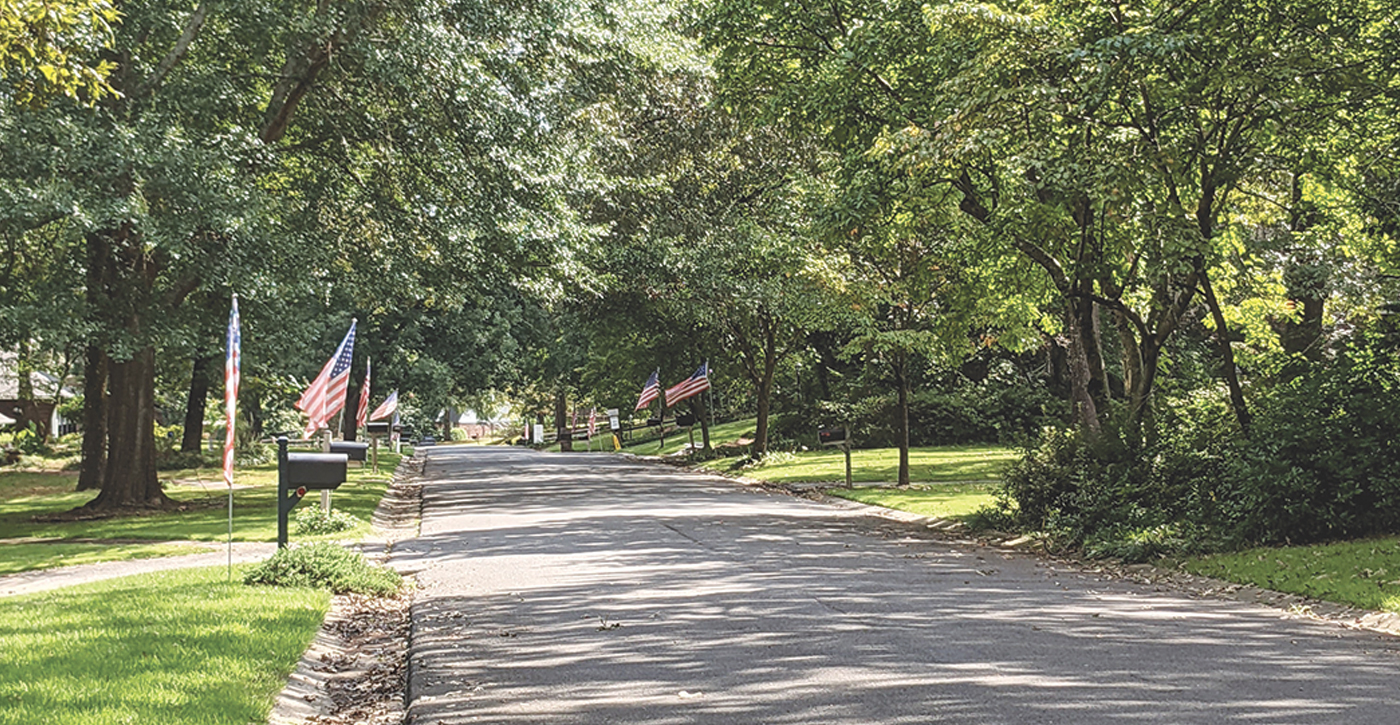
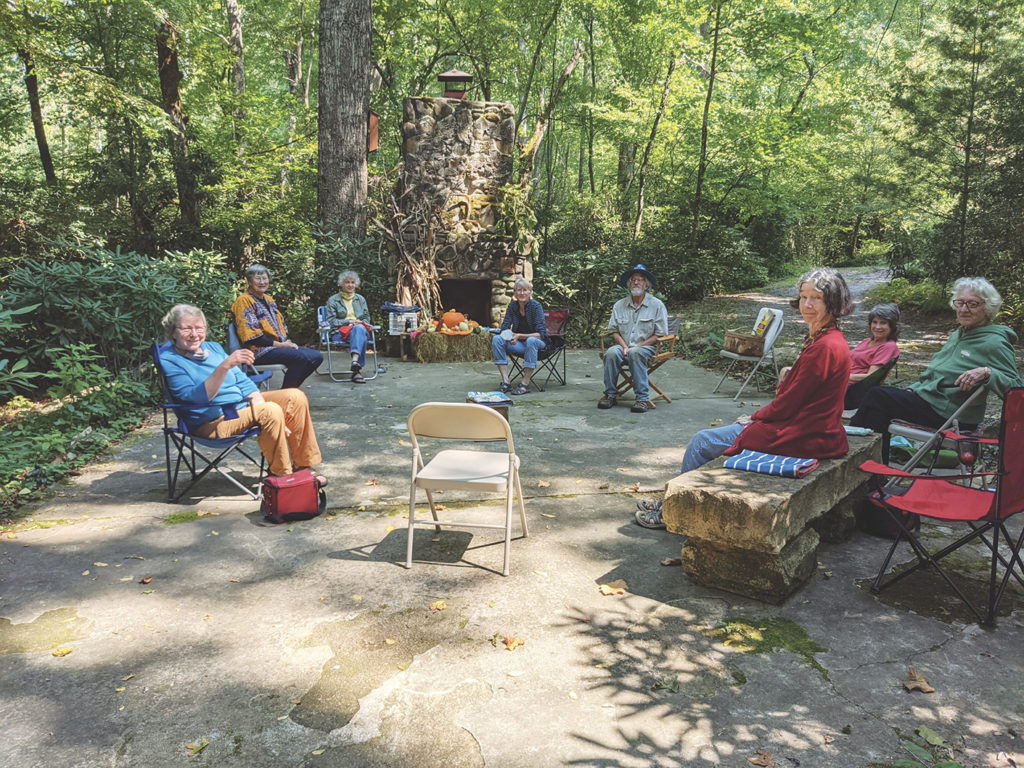

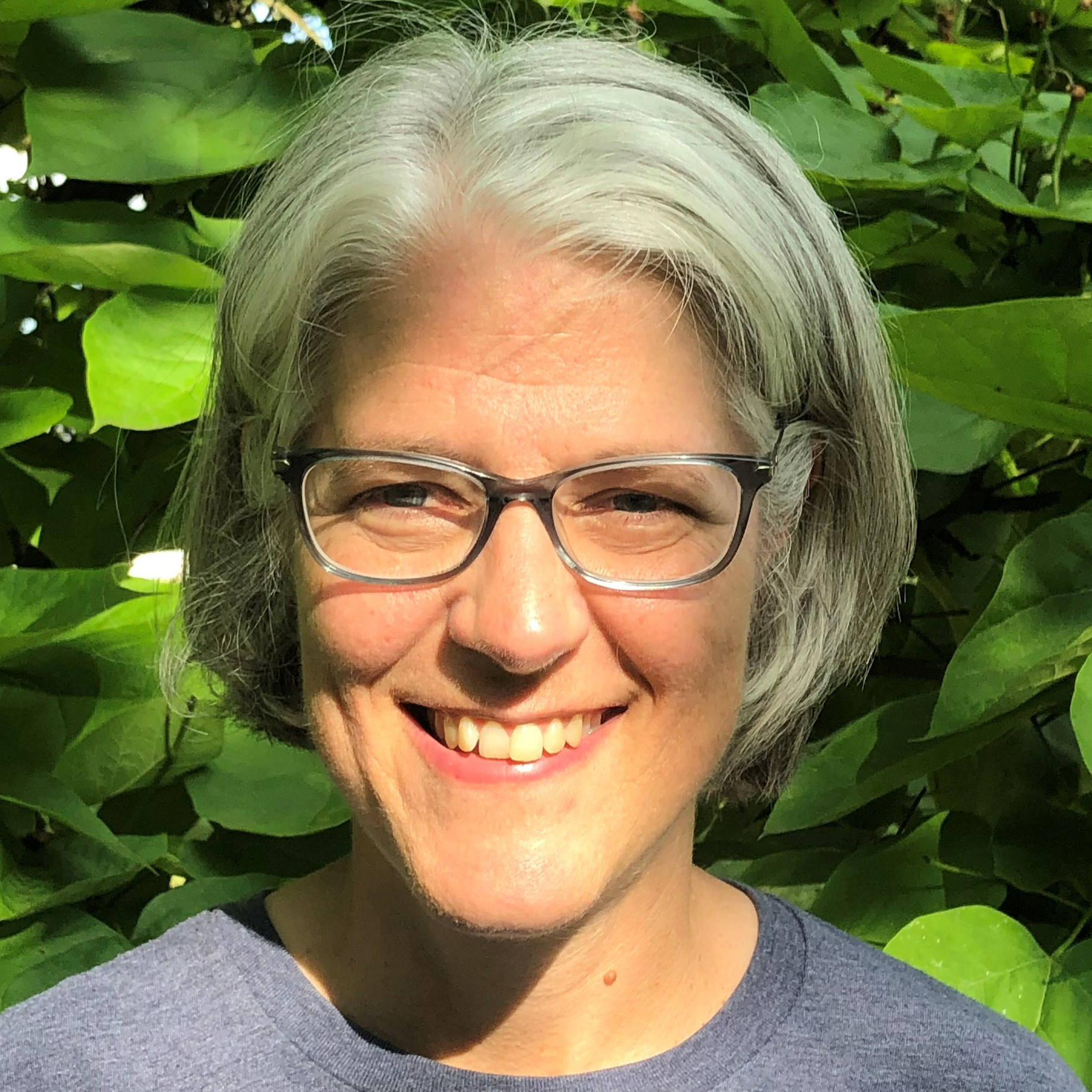
1 thought on “Coming Home to Land Restoration”
Comments on Friendsjournal.org may be used in the Forum of the print magazine and may be edited for length and clarity.